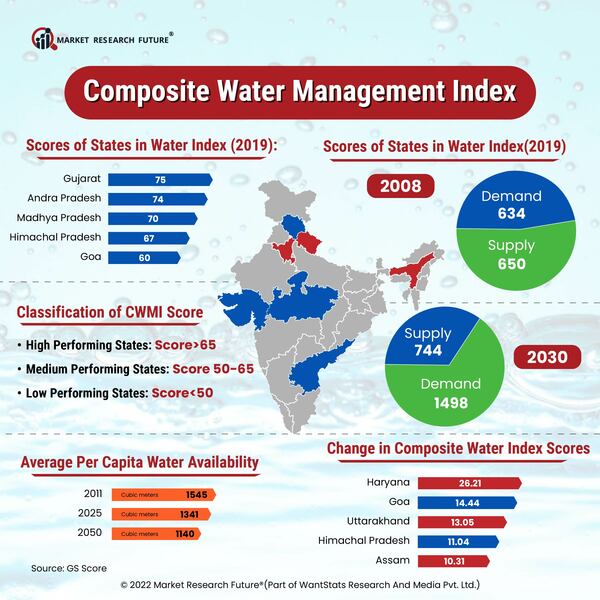Researchers have Created a Revolutionary Method for Producing Plastic-Metal Composites
Researchers from Nanyang Technological University (NTU), Singapore, and Waseda University, Japan, developed a new additive manufacturing method to produce metal-plastic composite structures with intricate shapes. Metal-plastic composite structures have a wide range of potential applications in quantum computing, IoT devices, smart electronics, and micro- and nanosensing. Devices made with these structures have more design freedom, more complex features, and geometrical details at ever-smaller sizes. However, manufacturing these composite structures is both difficult and expensive.
The multi-step new process begins with the preparation of the active precursors. Then, palladium ions are added to light-cured resins to create the active precursors. This is done to support electroless plating, which is the process of forming a metal coating by the auto-catalytic reduction of metal ions in an aqueous solution. The nested areas of the resin or active precursor are then created in micro-structures using the MM-DLP3DP process equipment. Finally, utilizing ELP (electroless plating), 3D metal patterns are added, and these materials are directly plated.
To demonstrate the manufacturing potential of the technique, the research team produced a range of parts with complex topologies. The smallest hollow structure in these components was 40 μm in size and featured a microporous surface. These parts also had multi-material nesting layers with intricate structures. Additionally, the metal patterns on these components were extremely exact and controllable. The group also created 3D circuit boards with complex metal topologies, such as a nickel-based LED stereo circuit and a copper-based double-sided 3D circuit.
The novel manufacturing method is anticipated to be an innovation for the production of circuits, with applications in a wide range of technologies, such as 3D electronics, flexible wearables, metal hollow electrode, and metamaterials.
Researchers developed a method that uses clay particles to reinforce resin composites
A global team of researchers has developed a technique for using montmorillonite (clay) particles to reinforce resin composites under the guidance of Dr. Umar Abdul Hanan from Universiti Teknologi Malaysia (UTM). The team has shown that high compressive strength, stiffness, and toughness may be attained by adjusting the filler content in nano-clay composites constructed from unsaturated polyester (UP) combined using montmorillonite (MMT) clay nanoparticles.
The blending procedure was easy and involved only mechanical stirring and ultrasonic agitation. Next, air bubbles were removed during the degassing method in the vacuum gas chamber, and the unsaturated polymer was then crosslinked using methyl ethyl ketone peroxide. The composite was characterized(pre- and post-fracture) using a transmission electron microscope to measure the dispersion of MMT in the crosslink UP matrix.
This study showed that 0.60 weight percent of MMT was the ideal weight fraction to get the best compressive characteristics. In other words, the crosslink UP made up around 99.4 weight percent of the bulk. The result is a polymer composite material that is both lightweight and robust.
The primary load-carrying structures made of clay-reinforced polymer composite material may be used in transportation to save on gasoline. This could support efforts made by the transportation sector to lower greenhouse gas emissions.





